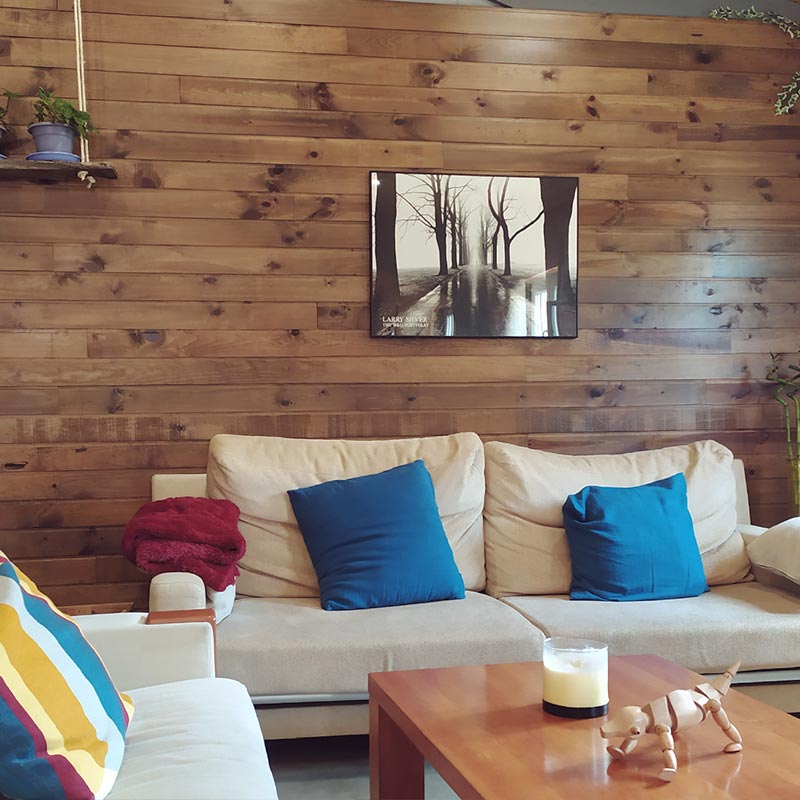Reserva en nuestro albergue
El Albergue A Nave de Ferreira te ofrece comodidad, servicios y un trato cercano
A Nave es un albergue original, perfectamente integrado en la aldea de Ferreira
A Nave es un albergue original, perfectamente integrado en la aldea de Ferreira
Es una antigua granja por fuera y cabaña de madera por dentro. Por ello lo hemos decorado utilizando en la medida de lo posible material reciclado, reaprovechado o hecho a mano con todo nuestro cariño.
Es una antigua granja por fuera y cabaña de madera por dentro. Por ello lo hemos decorado utilizando en la medida de lo posible material reciclado, reaprovechado o hecho a mano con todo nuestro cariño.
Es una antigua granja por fuera y cabaña de madera por dentro. Por ello lo hemos decorado utilizando en la medida de lo posible material reciclado, reaprovechado o hecho a mano con todo nuestro cariño.
Disfruta del camino a Santiago en
el Albergue A Nave de Ferreira
Consideramos el albergue como nuestra casa y así recibimos al peregrino. Intentamos ofrecer un buen lugar para descansar del duro Camino y crear un ambiente hogareño y distendido que ayude a forjar vínculos entre las personas que nos visitan. Somos gallegos, amamos nuestras raíces y nos gusta transmitirlas a la par que aprendemos de todo lo bueno que ofrecen las culturas que siempre fluyeron por el Camino de Santiago.
Consideramos el albergue como nuestra casa y así recibimos al peregrino. Intentamos ofrecer un buen lugar para descansar del duro Camino y crear un ambiente hogareño y distendido que ayude a forjar vínculos entre las personas que nos visitan. Somos gallegos, amamos nuestras raíces y nos gusta transmitirlas a la par que aprendemos de todo lo bueno que ofrecen las culturas que siempre fluyeron por el Camino de Santiago.

Albergue A Nave de Ferreira dispone de un total de 40 plazas
– Dos habitaciones comunes, con una capacidad de 8 huéspedes cada una, con baño compartido dentro de la habitación. Una de ellas habilitada para personas con movilidad reducida.
– Dos habitaciones triples, con baño privado dentro de la habitación.
– Nueve habitaciones dobles privadas, con dos camas gemelas, baño privado, mantas, sábanas de tela y toallas incluidas.
Check-in/ Check-out
El horario de Check-in es a partir de las 13:00 h.
El horario de Check-out es hasta las 09:00 h.
Free Wifi
Wifi gratuito en todas las instalaciones.
Bar
Servicio de bar con horario de 13:00 a 20:00.
Servicio de desayuno-buffet
Lavandería
provista de lavadora y secadora industriales y lavadero disponibles para uso de nuestros huéspedes.
Naturaleza
Entorno tranquilo y rodeado de naturaleza, ideal para el relax: descanso nocturno garantizado
Relax
Zona ajardinada con árboles de gran porte, equipada con mesas, sillas y tumbonas.
Free Wifi
Wifi gratuito en todas las instalaciones.
Bar
Servicio de bar con horario de 13:00 a 20:00.
Servicio de desayuno-buffet
Lavandería
provista de lavadora y secadora industriales y lavadero disponibles para uso de nuestros huéspedes.
Snacks
Máquinas de bebidas frías, café y snacks
Naturaleza
Entorno tranquilo y rodeado de naturaleza, ideal para el relax: descanso nocturno garantizado
Relax
Zona ajardinada con árboles de gran porte, equipada con mesas, sillas y tumbonas.









